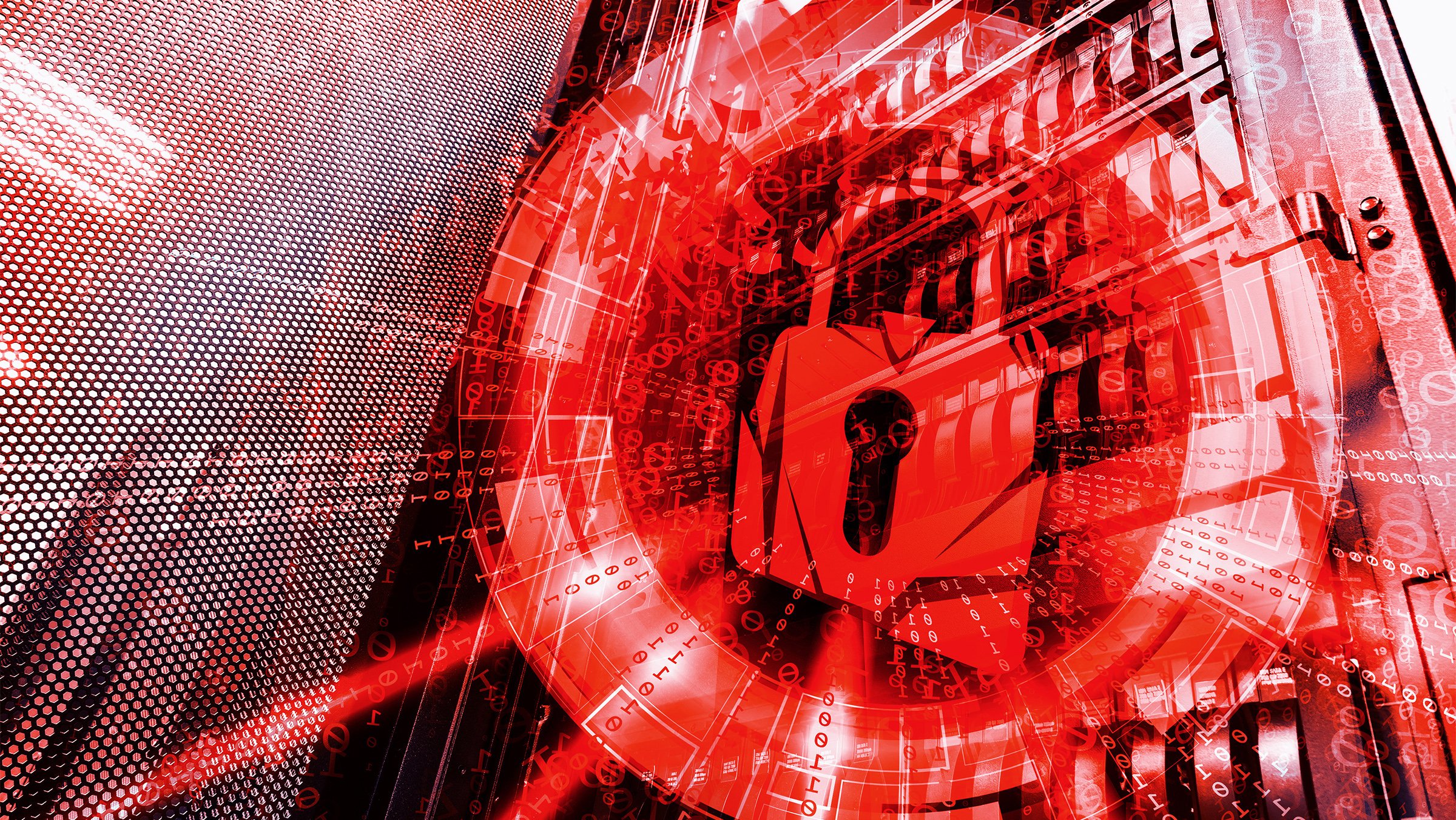In February 2022, a system administrator at an auto parts manufacturer rebooted a file server to resolve an unexpected file error. The administrator didn’t see the normal boot screens one might expect, but was instead greeted with a threatening message, providing the first sign that an active cyberattack was underway.
The attack would continue to ripple through the automotive supply chain for days. By the time the attack's full scope was discovered, this global automaker was forced to suspend operations in 28 production lines across 14 plants — cutting global capacity by one-third, which represented hundreds of millions of dollars in losses.
Industrial networks are increasingly connected and vulnerable to operations technology (OT) cybersecurity threats. The costs of a cyberattack come in many forms, including expenses to restore lost data, repair or replace damaged equipment, compensate victims, and pay fines or legal fees.
In industrial settings, however, the largest cost typically comes from operational downtime.
Cyberattacks and Cost of Downtime
For plant owners, unplanned downtime costs related to cyberattacks can add up fast. A small-to-medium business might lose $8,000 or more per hour of downtime, while for a large industrial organization, the losses can easily top $1 million per hour.
Meanwhile, the frequency of cyberattacks on industrial operations is increasing, driven heavily by phishing or spear phishing exploits that start in IT and migrate to OT infrastructure; or through removable devices, which abound in industrial settings and can carry malware.
Bigger dangers are on the horizon. The use of artificial intelligence (AI) to find and exploit vulnerabilities is growing, and critical infrastructure is increasingly targeted by adversarial nation-states intent on disruption.



